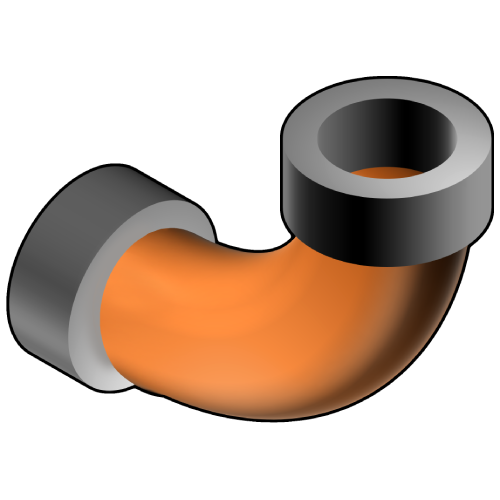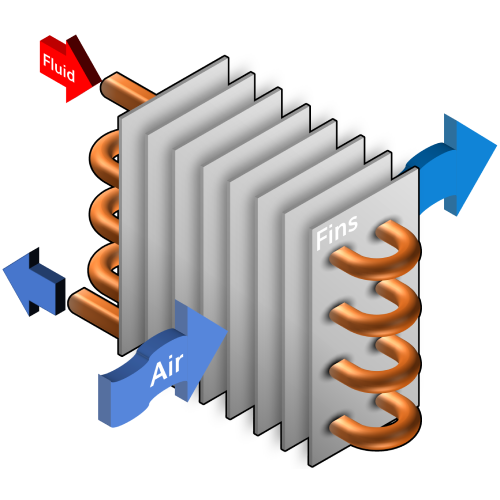Pulsating heat pipe


In a closed loop, heat is transferred from heat source(s) (the evaporator), to the condenser by self-started/sustained flow. When heat is applied, fluid partially evaporates in nucleation sites inside a serpentine. Small masses of liquid are converted to much lighter vapor, exerting positive pressure on neighboring fluid when expanding. Inversely, contraction of vapor into heavier liquid in the condenser applies suction to neighboring fluid. These frequent imbalances in pressure sustains the flow and give this disruptive technology its name, removing the need for mechanical drivers.
Pulsating Heat Pipes (PHP) pressure-driven cooling can operate in earth, micro and hyper gravity, in any orientation

Passive two-phase cooling refers to the cooling of components using a working fluid that undergoes phase change and has self-sustained motion driven by the application/extraction of heat.




